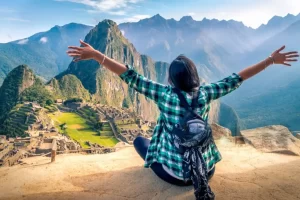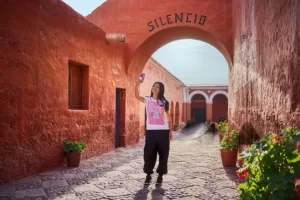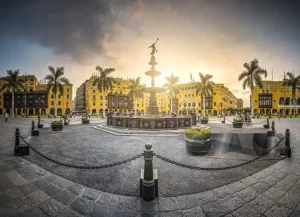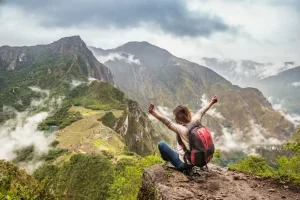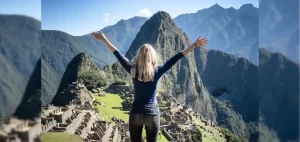
Peru Travel 7 days
Desde:
$709.00 USD por persona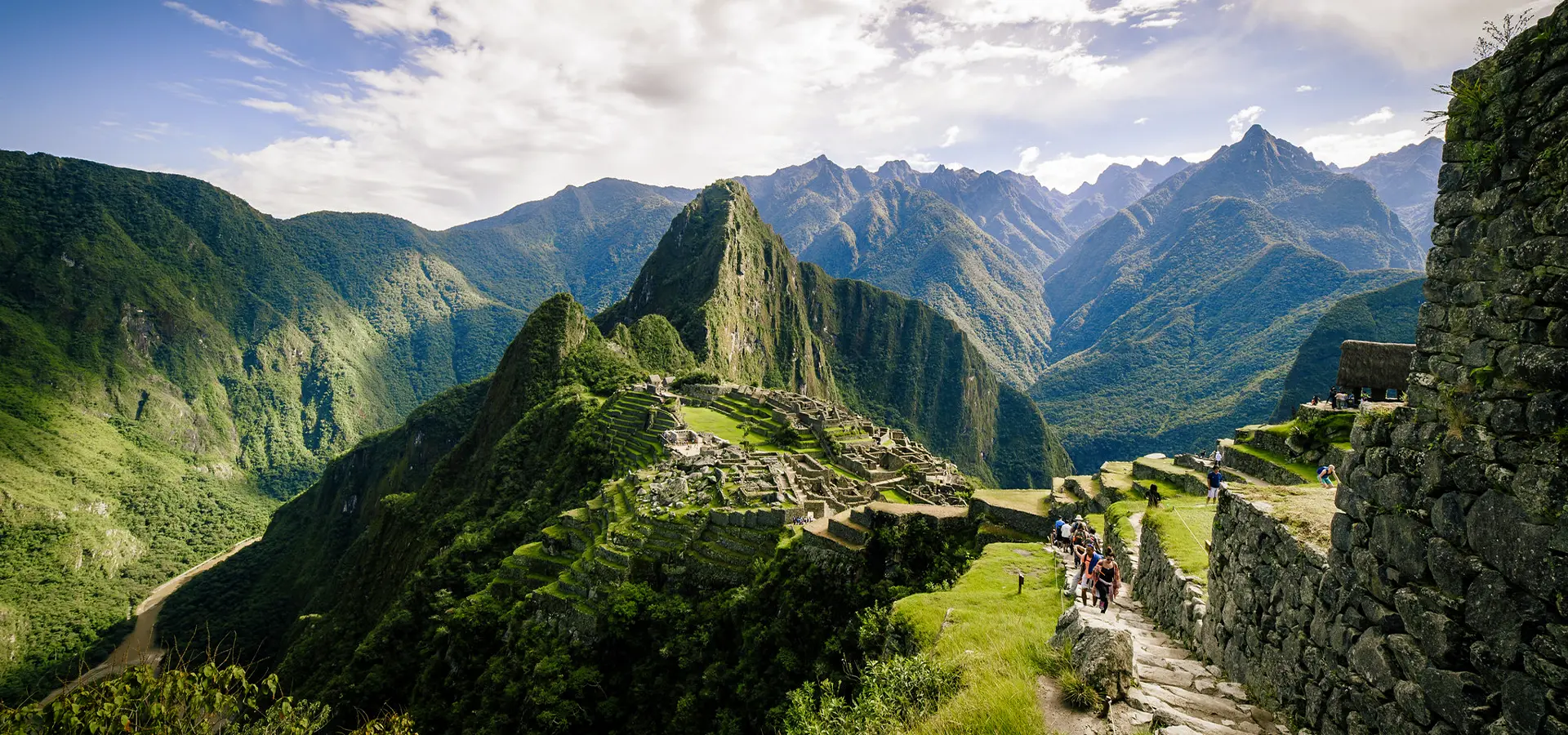
«Crossing these terraces, I entered the virgin forest beyond, and suddenly found myself in a labyrinth of beautiful granite houses! They were covered with trees and moss and the growth of centuries, but in the dense shade, hidden in thickets of bamboo and tangled vines, could be seen here and there walls of white granite ashlars carefully cut and exquisitely fitted together."
Hiram Bingham, reflecting on his first arrival at Machu Picchu on July 24, 1911
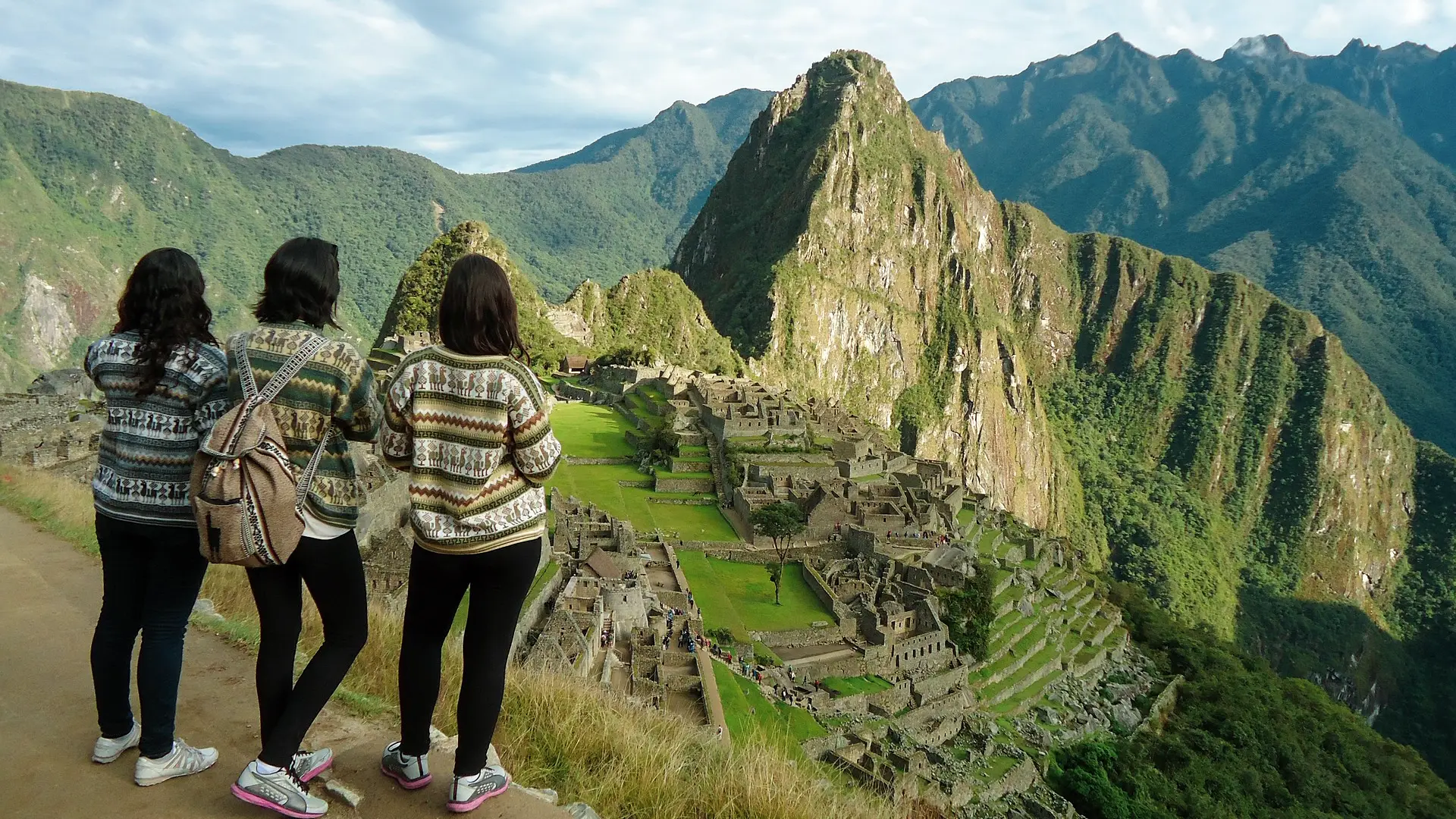

As Machu Picchu will likely be the highlight of your trip around Peru, careful planning is important to get the most out of your visit as Machu Picchu is very busy, especially in peak tourist season (July and August).
To get to Machu Picchu, your starting point is the City of Cusco. There are flights to Cusco from Lima and other cities in Peru. Once in Cusco there are different options: you can drive a couple of hours and walk the Inca Trail (5d/4n), take the train part of the way and trek the Inca Trail for a day (5 hours on foot) or take the train all the way (4 hours).
You may also want to consider spending a few nights in the Urubamba Valley (also called the Sacred Valley), the incredibly beautiful valley located north of Cusco on the way to Machu Picchu. From the Urubamba Valley, specifically in Ollantaytambo, you can take the train to Machu Picchu or begin your drive to the starting point of the Inca Trail as mentioned above.
You can go to Machu Picchu for the day, but we don't recommend it. It tends to get very busy during the 4-hour time slot between incoming and outgoing trains in the middle of the day, and the crowds detract from the magic of the experience.
Once in Machu Picchu, if you can afford it, you should be right at the only hotel close to the Archaeological Center: the Machu Picchu Sanctuary Lodge, but it is expensive! There is more affordable accommodation in Aguas Calientes.
Aguas Calientes, (where the train station is located) is 30 minutes from the ruins by minibus on a winding uphill road. It is not a very nice place and there is nothing to see. It's just a place at night.
When to go to mACHUPICCHU?
What is the best time to travel to Machu Picchu? These are some facts:
Experiences to consider

Desde:
$709.00 USD por persona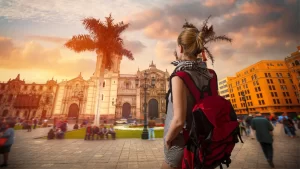
Desde:
$1,059.00 USD por persona